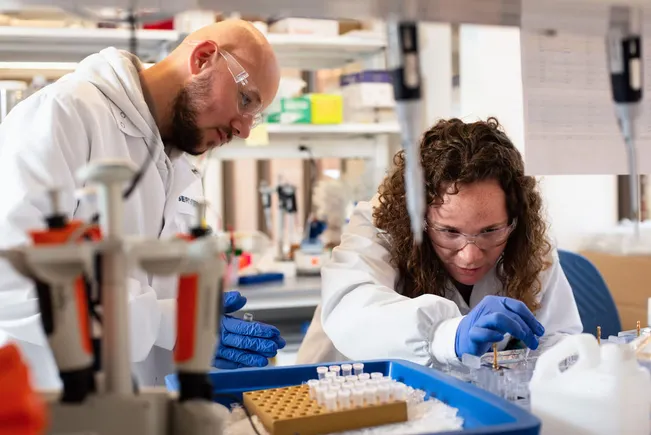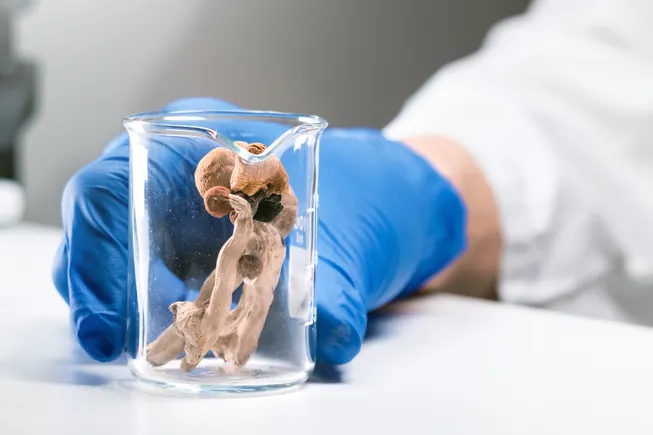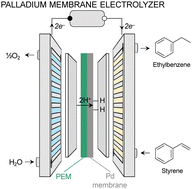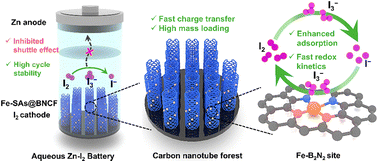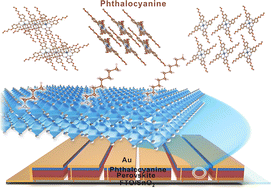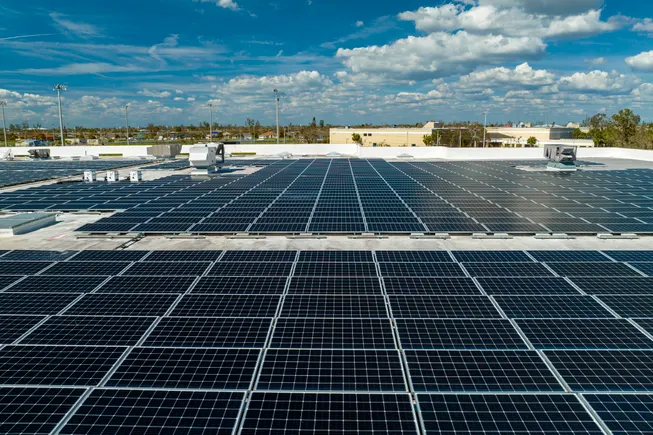Atomic Layer Deposition‐Modified Bifunctional Electrocatalysts for Rechargeable Zinc‐Air Batteries: Boosting Activity and Cycle Life
Advanced Energy Materials, EarlyView.

The transition metal oxide is precisely deposited on the catalyst surface via atomic layer deposition (ALD), forming a protective layer with catalytic activity. Electrochemical experiments, theoretical calculations, and in situ X-ray absorption spectroscopy (XAS) battery testing collectively demonstrate that the modified transition metal oxide significantly enhances both the bifunctional catalytic activity and stability of the catalyst.
Abstract
The integration of transition metal-carbon composites has shown remarkable potential in achieving superior bifunctional electrocatalytic activity and robust stability in rechargeable zinc-air batteries (ZABs), primarily through electronic structure modulation and strategic structural design. While significant research is dedicated to the initial structure and performance of bifunctional electrocatalysts for rechargeable ZABs, their dynamic evolution during charge–discharge cycling remains underexplored. In this study, CoFe nanoparticles are encapsulated within carbon nanotubes co-doped with nitrogen and phosphorus (NPC) to mitigate dissolution and erosion risks. Further, the catalyst surface (CoFe-NPC) is precisely modified with a thin layer of nickel oxide (NiO) via atomic layer deposition (ALD), forming a protective layer with catalytic activity. The resulting ALD-modified catalyst, CoFe-NPC@NiO, exhibits outstanding bifunctional performance (ΔE = 0.592 V) for the oxygen reduction reaction (ORR) and oxygen evolution reaction (OER). Notably, the liquid flow ZAB using the CoFe-NPC@NiO cathode demonstrates exceptional rechargeable stability (2700 h, ≈4 months). Theoretical calculations and in situ X-ray absorption spectroscopy (XAS) analyses reveal that NiO modification significantly enhances both the catalytic activity and stability of the electrocatalyst. This work will provide valuable insights into the design of advanced electrocatalysts, facilitating advancements in activity enhancement, stability improvement, and selectivity optimization.



































































